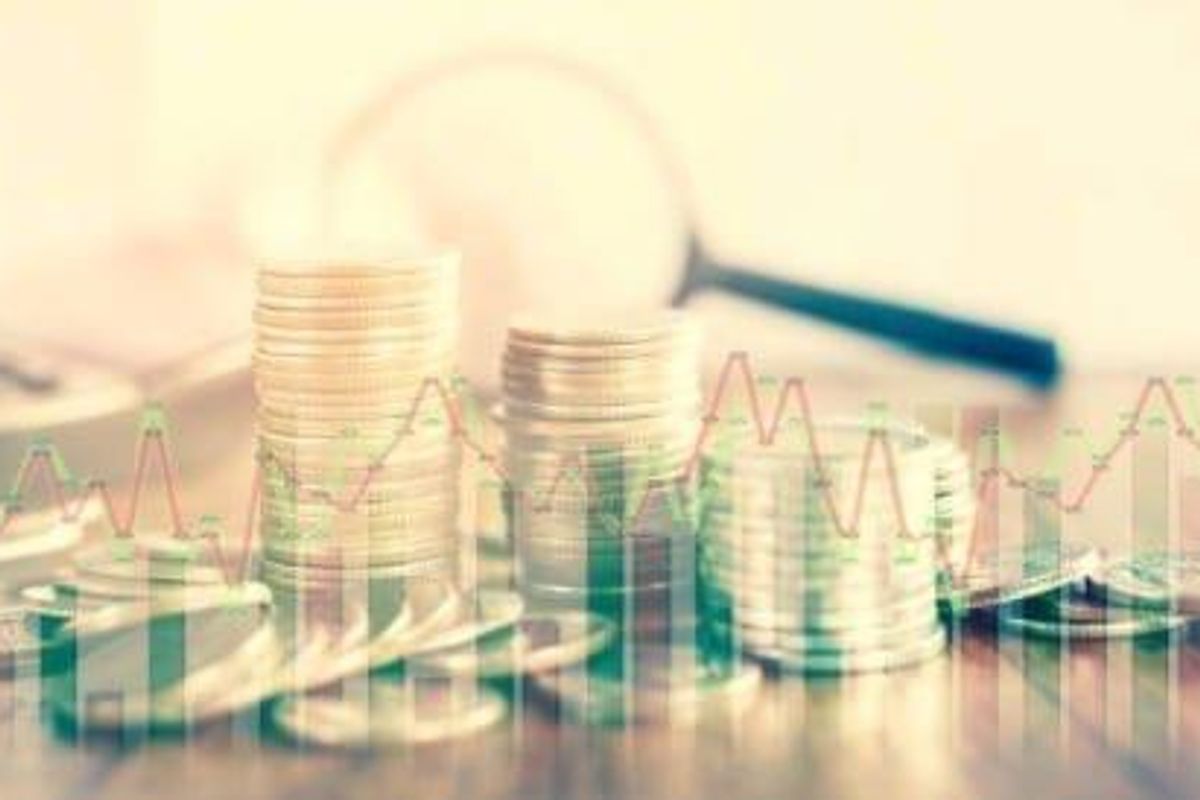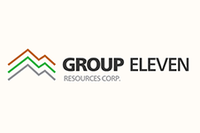
Zinc smelters are on track to reduce treatment charges by at least 13 percent on the back of an increasing mine supply crunch.
Zinc smelters are on track to accept lower processing fees for concentrate as an increasing mine supply shortage continues to hit the market, sources told Reuters on Thursday (February 8).
Treatment charges (TCs), the fees miners pay smelters to process their ore, are likely to fall by at least 13 percent to $140-$150 a tonne or below for 2018 term contracts, from around $172 a tonne last year.
Major smelters are expected to settle processing fees with miners at the International Zinc Association conference next week.
“We forecast TCs at $150 this year because concentrate is still very tight,” said analyst Dina Yu at consultancy CRU Group. “We think the price-peak will appear in Q2 and then prices will retreat from Q3, due to recovering zinc concentrate and metal stocks.”
Last month, TCs in spot markets hit a record-low of $10 a tonne, despite many miners taking advantage of the zinc price rally to ramp up operations.
“TCs should have started turning. It seems the view now is that the ‘wall of supply’ is taking longer to materialize and could be in the lower-range of estimates,” a trader said.
In fact, many analysts believe the market will continue to be tight at least for the first half of 2018 due to a lack of new mine supply and declining warehouse inventories.
Supply worries have pushed prices up, with LME zinc prices increasing over 25 percent year-on-year. However, smelters have not benefited from the price rally, as they agreed to accept zero exposure to price movements.
For smelters to claw back this term they may have to accept much lower baseline fees, traders said.
Looking ahead, zinc mine supply is forecast to grow by 664,000 tonnes this year, following an estimated increase of 785,000 tonnes in 2017, Wood Mackenzie says.
“However, the extremely strong growth in mine supply in 2017 and 2018 is insufficient to replenish global stocks of concentrate which are forecast to remain at critically low levels,” the firm said last month.
As a result, Wood Mackenzie expects a deficit of 350,000 tonnes this year and 150,000 tonnes in 2019. Meanwhile, the International Lead and Zinc Study Group expects a refined metal deficit of 223,000 tonnes in 2018.
On Thursday, LME zinc was exchanging hands for $3,410 per tonne, up more than 5 percent year-to-date.
Don’t forget to follow us @INN_Resource for real-time news updates!
Securities Disclosure: I, Priscila Barrera, hold no direct investment interest in any company mentioned in this article.


